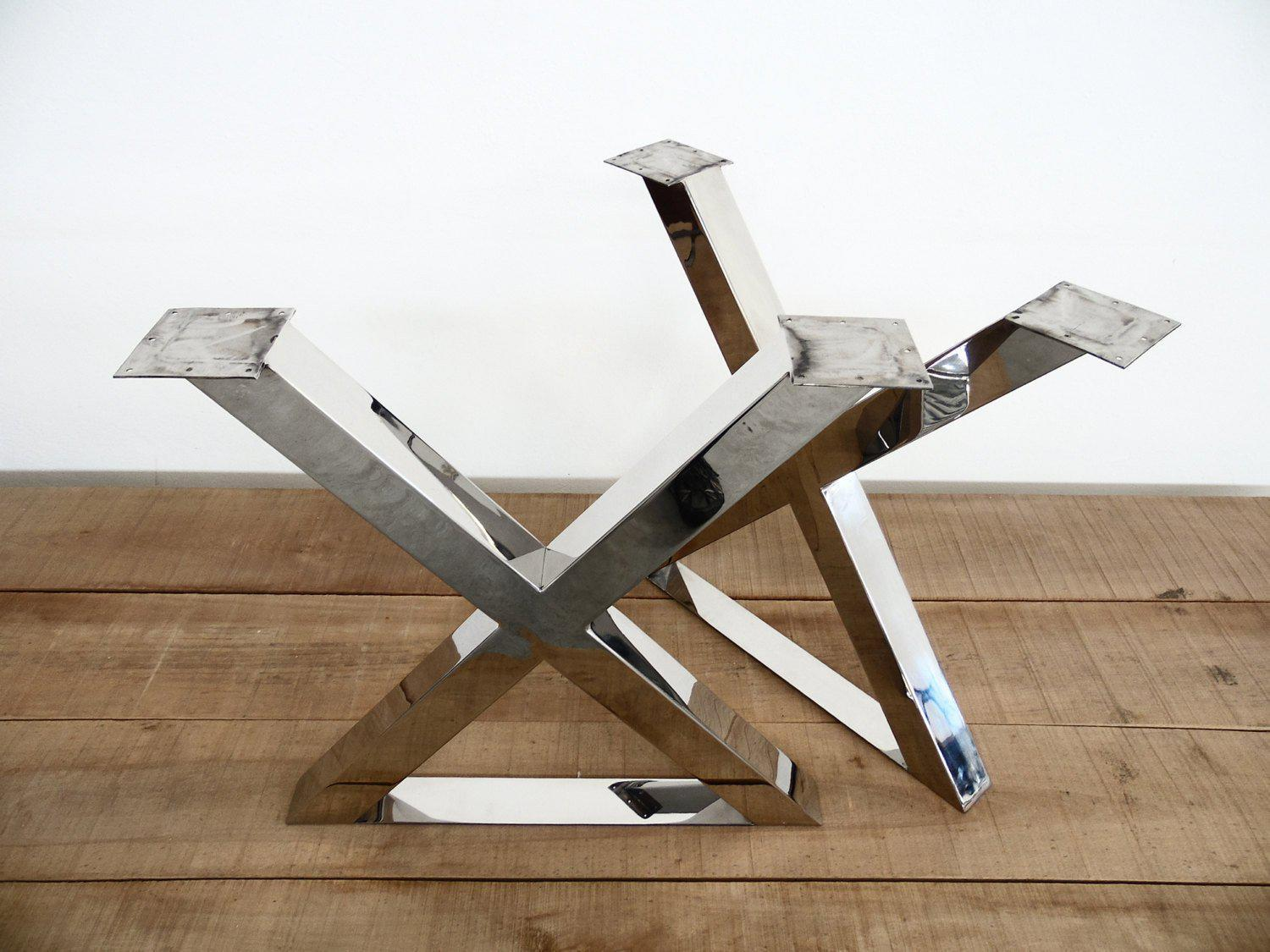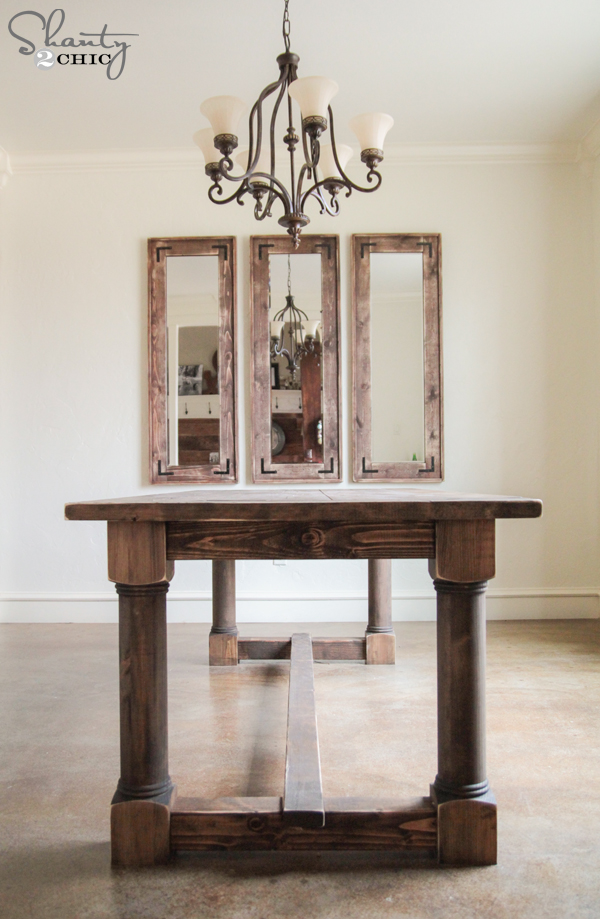How Dining Room Table Legs Can Change the Entire Aesthetic of Your Room
How Dining Room Table Legs Can Change the Entire Aesthetic of Your Room
Blog Article
From Conventional to Modern: Find the Ideal Dining-room Table Legs for Your Style
The option of dining-room table legs plays a crucial function in defining the overall character of your space, connecting the void between standard workmanship and modern aesthetics. While timeless designs such as cabriole and turned legs evoke a feeling of ageless class, modern styles like barrette and geometric options present a chance for striking visual rate of interest. Evaluating the ideal balance between these designs needs a nuanced understanding of your existing décor and personal taste. As you think about these aspects, the concern remains: just how can you effortlessly incorporate these diverse leg designs to produce an unified eating experience?
Recognizing Table Leg Styles
The range of dining room table leg styles can considerably influence both the visual appeals and functionality of the space. Each leg design adds distinct aesthetic elements and functional functions, dealing with diverse style preferences and usage needs. Understanding these designs is essential for selecting the appropriate table that straightens with your general indoor design vision.
For circumstances, tapered legs supply a clean, timeless appearance that can enhance a space's elegance, while pedestal bases supply stability and make the most of legroom, making them ideal for smaller spaces. Barrette legs, a trademark of mid-century modern-day style, introduce an industrial style, enabling a ventilated, open feeling. Trestle legs evoke rustic appeal, supplying durable assistance and a sense of eternity.
Wood legs can bring heat and appearance, whereas steel choices often share a smooth, contemporary vibe. Ultimately, recognizing table leg styles is essential for producing a cohesive dining location that mirrors individual design while making sure practicality and comfort.
Typical Table Leg Options
When selecting eating room table legs, traditional alternatives typically embody ageless sophistication and craftsmanship. These styles show a rich heritage and a dedication to quality, making them excellent for those that value traditional visual appeals.
Among the most iconic standard leg designs is the cabriole leg, identified by its graceful curved form. This style commonly features ornamental makings and is most typically discovered in Queen Anne and Chippendale furniture. Another popular choice is the transformed leg, which flaunts a series of smooth, rounded forms that offer a timeless appearance while preserving security.
In addition, the straight leg, while straightforward, offers a strong and unadorned structure that can mix effortlessly with a range of tabletop styles. For those drawn to ornate describing, claw-and-ball feet legs evoke a feeling of splendour and can act as a stunning prime focus in any kind of dining room.
Lastly, stand bases, although not strictly legs, give a different typical alternative that permits ample legroom and can be perfectly sculpted. Each of these typical leg styles contributes to the general ambiance of a dining area, weding feature with aesthetic allure.

Modern Table Leg Styles
Modern table leg styles use a varied array of designs that emphasize clean lines and ingenious products. These designs typically prioritize capability while functioning as striking prime focus within an eating area. Minimal looks prevail, with legs crafted from products such as metal, glass, and engineered wood, which add to a modern and airy feel.
One popular layout is the hairpin leg, identified by its slender, conical framework that provides security without overwhelming the table top (dining room table legs). This design is usually found in mid-century contemporary furniture and can easily enhance various table shapes. One more trend is using geometric forms, where legs may take on asymmetrical or angular forms, adding visual interest and a touch of virtuosity

Blending Designs for Distinct Spaces
Often, home owners seek to create one-of-a-kind dining spaces that reflect their personal style by blending different layout aspects. This strategy permits the incorporation of diverse visual appeals, causing a harmonious yet unique atmosphere. Combining a rustic wooden table with streamlined, contemporary steel legs can produce a distinctive comparison that raises the room's total allure.
In addition, integrating vintage table legs with contemporary tabletops can stimulate a sense of history while preserving a modern-day sensibility. Such combinations not only display private taste however additionally encourage creative thinking, enabling house owners to curate a room that feels both individual and welcoming.
Shade plays a critical function in this mixing process; selecting table legs that complement or comparison with the he said existing shade scheme can enhance visual passion. For instance, whitewashed legs can soften the boldness of a dark table surface area, creating a well balanced aesthetic.
Tips for Choosing the Right Legs
Choosing the right table legs is crucial for accomplishing both functionality and aesthetic allure in your dining area. Begin by considering the total style of your space. Standard settings profit from legs that include intricate makings or learn the facts here now turned layouts, while modern rooms may ask for smooth, minimalist designs.
Following, analyze the height and stability of the legs. dining room table legs. Basic table vary in between 28 to 30 inches in elevation, so guarantee the legs enhance this dimension for convenience. Furthermore, durable materials, such as hardwood or steel, can boost security and longevity
Examine the leg shape as well-- alternatives consist of straight, tapered, or pedestal layouts. Straight legs provide a traditional look, while conical legs can include a touch of style. Pedestal bases provide ample legroom and are ideal for smaller sized rooms.
Final Thought
In recap, picking the suitable dining-room table legs needs mindful consideration of both modern and conventional styles. Typical alternatives such as cabriole and transformed legs provide timeless beauty, while modern-day styles like hairpin and geometric forms give a modern touch. By harmonizing leg design, height, and product with the overall decoration, a cohesive and inviting atmosphere can be attained. Inevitably, the picked table legs should reflect the wanted visual, boosting the eating experience within the area.
The selection of eating area table leg styles can considerably affect both the aesthetic appeals and functionality of the space. Inevitably, understanding table leg designs is crucial for creating a natural dining location that mirrors personal style while ensuring functionality and convenience.One of the most renowned typical leg styles is the cabriole leg, identified by its graceful bent shape. Straight legs offer a classic appearance, while tapered legs can add a touch of style.In recap, picking the optimal dining room table legs calls for mindful factor to consider of both modern-day and conventional designs.
Report this page